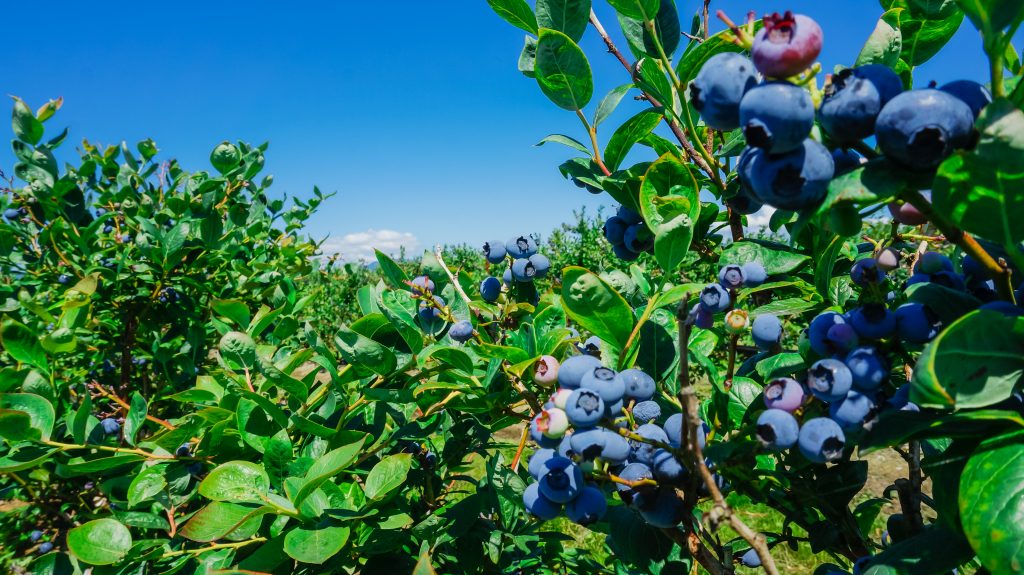Flower thrips (Frankliniella bispinosa) are insects that attack Florida blueberries and cause harm to the fruit. According to the University of Florida Institute of Food and Agricultural Sciences (UF/IFAS) research, larvae and adults feed on every part of the flowers including ovaries, styles, petals and developing fruit. The effects of this invasive species include damage to the fruit by reducing …
Thrips Pressure on the Rise in South Florida
Thrips pressure is moderate to high on multiple crops in southwest Florida, according to the South Florida Pest and Disease Hotline. Infestations are moderate to high on tomato, moderate on pepper and eggplant and low potato and watermelon. Populations are low in beans but increasing in certain areas. Thrips numbers had begun to increase in beans along the east coast, but …
Thrips Pressure Increasing in South Florida
Thrips pressure is moderate to high on multiple crops in southwest Florida, according to the South Florida Pest and Disease Hotline. Infestations are moderate to high on tomato, moderate on pepper and eggplant and low potato and watermelon. Populations are low in beans but increasing in certain areas. Thrips numbers had begun to increase in beans along the east coast, …
New Thrips Species a Wait and See Approach for Georgia Producers
By Clint Thompson A new thrips species is wreaking havoc on pepper plants in Florida. Its impact in Georgia remains an unknown. Stormy Sparks, University of Georgia (UGA) Extension vegetable specialist, discussed Thrips (T.) parvispinus during the Southeast Regional Fruit and Vegetable Conference in January “It’s going to be a wait and see. It’s like Thrips palmi when it showed …
Thrips Parvispinus Species Damaging Peppers in Palm Beach County
The thrips parvispinus species that was first detected in the United States in 2020 is wreaking havoc on pepper plantings in eastern Palm Beach County, Florida, according to the South Florida Pest and Disease Hotline. Scouts have observed that the species is causing substantial damage in young and mature plantings in the region. Other fields have experienced low levels of …
Thrips Levels Mostly Low in Florida
Thrips populations remain at low levels across most of southern Florida, according to the South Florida Pest and Disease Hotline. Thrips in Southwest Florida are unanimously at low populations. Reports include thrips in peppers, Asian bean thrips and flower thrips. They are mostly at low levels on the east coast, but there was one report of a moderate infestation on …
Thrips Pressure Low in Most Florida Crops
Thrips pressure is varying across Florida, according to the South Florida Pest and Disease Hotline. Low thrips pressure is observed in peppers in central Florida. Pressure is also low in pepper and other vegetables in southwest Florida. Scouted thrips are presumed to be Florida flower thrips, as damage is not apparent. Thrips are at low levels in eggplants in Homestead, Florida, …
Thrips Pressure Varies Across Florida
Thrips Pressure Varies Across Central, South Florida Thrips pressure is varying across Florida, according to the South Florida Pest and Disease Hotline. Low thrips pressure is observed in peppers in central Florida. Pressure is also low in pepper and other vegetables in southwest Florida. Scouted thrips are presumed to be Florida flower thrips, as damage is not apparent. Thrips are …
Thrips Pressure Increasing in Florida
Thrips pressure is increasing in Florida, according to the South Florida Pest and Disease Hotline. The tiny insects have increased quickly to high levels in central Florida. Juveniles and adults are being observed on blooms and apical meristems of pepper. Damage is low but should increase throughout the season. Thrips are also being reported in cucumbers. Thrips pressure levels range …
Overuse of Specific Pesticides Reason for Chilli Thrips Problem in Strawberries
By Clint Thompson Overuse of specific pesticides led to chilli thrips being more of a problem for Florida strawberry producers this season. Sriyanka Lahiri, assistant professor of entomology and nematology at the University of Florida Institute of Food and Agricultural Sciences Gulf Coast Research and Education Center, said pesticides should be used in rotation. “You have four products. All of …










